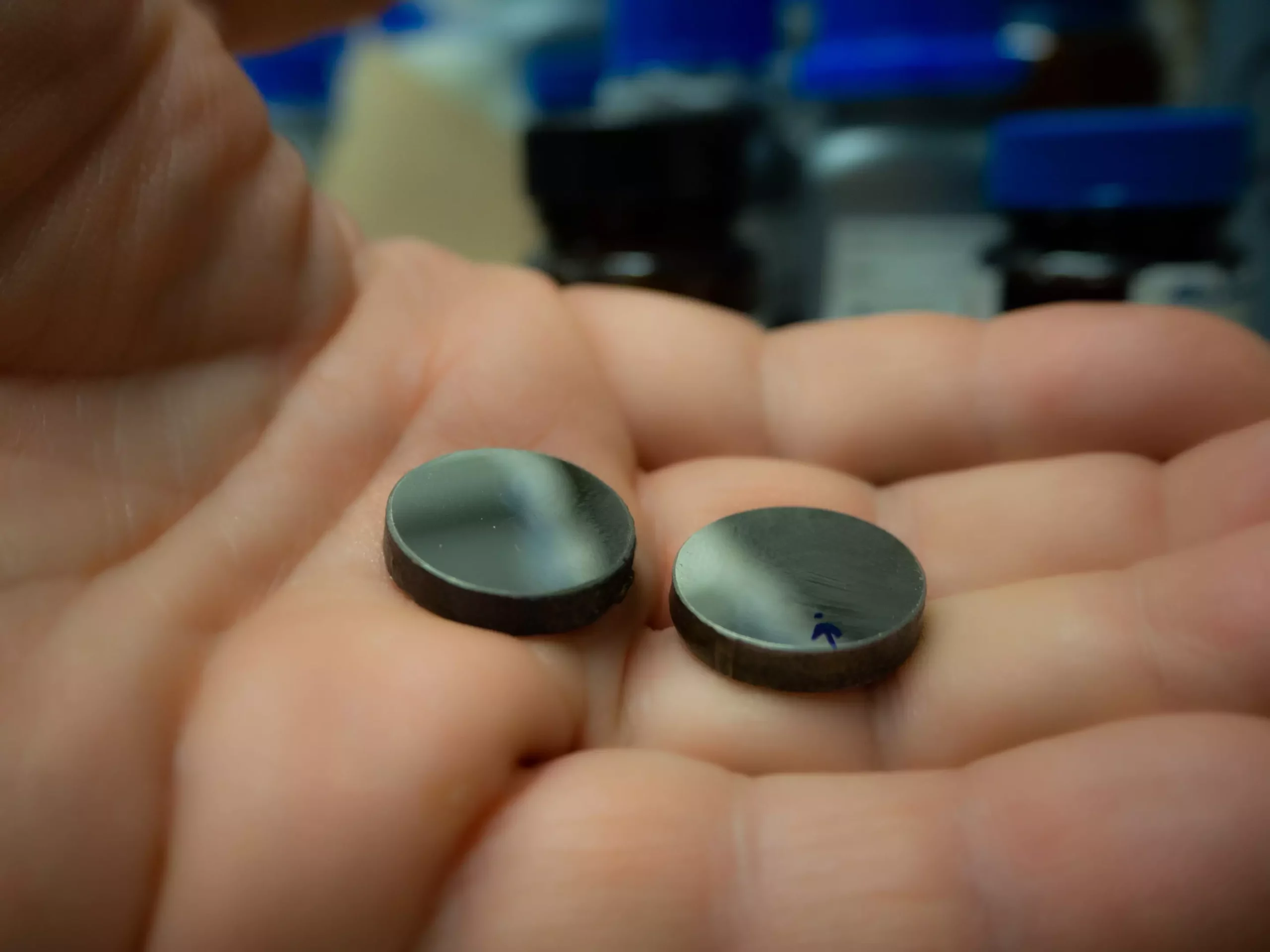Ceramics have long been admired for their unique properties, such as their resistance to high temperatures, corrosion, and wear. Their lightweight nature makes them ideal for various applications, including aerospace components and protective coatings. However, the brittleness of ceramics has posed a significant challenge, limiting their potential for use in demanding situations. In a groundbreaking study led by engineers at the University of California San Diego, researchers have discovered a way to make ceramics tougher and more resistant to cracking. By incorporating specific metal atoms into the ceramic structure, the team has unlocked the potential to enhance their strength and durability.
The research conducted by UC San Diego focused on a class of ceramics known as high-entropy carbides. These ceramics possess highly disordered atomic structures, with carbon atoms bonded to multiple metal elements. Key to enhancing ceramic toughness was the use of metals from the fifth and sixth columns of the periodic table, which have a higher number of valence electrons. Valence electrons reside in the outermost shell of an atom and play a crucial role in bonding with other atoms. By incorporating metals with a higher valence electron count, the researchers successfully improved the material’s resistance to cracking when subjected to mechanical load and stress.
To gain a deeper understanding of this effect, the team collaborated with a professor of theoretical physics at Linköping University, Sweden, Davide Sangiovanni. Sangiovanni performed computational simulations while Vecchio’s team experimentally fabricated and tested the materials. The investigators explored various combinations of five metal elements in high-entropy carbides, each yielding a different concentration of valence electrons. Through their experiments, they identified two high-entropy carbides with exceptional resistance to cracking under load and stress, thanks to their high valence electron concentrations.
An Unexpected Behavior Emerges
As these tough ceramics were subjected to mechanical load or stress, they displayed an unexpected behavior more akin to metals than traditional ceramics. Unlike ceramics, which tend to break easily under stress, the tested materials deformed or stretched. Instead of cleaving abruptly, the material slowly frayed, resembling how a rope behaves when pulled. This deformation allowed the material to accommodate the stress and prevented brittle failure. Bonds between metal atoms broke, forming atom-sized openings, but the additional valence electrons around the metal atoms reorganized, bridging the gaps and inhibiting the growth of cracks.
The newfound toughness of these ceramics opens the doors to a wide range of applications in various industries. Scaling up the production of these tough ceramics is the next challenge, as it holds the potential to revolutionize technologies that rely on high-performance ceramic materials. The aerospace industry, in particular, stands to benefit from the enhanced durability of ceramics, with possible applications in leading edges for hypersonic vehicles. The tough ceramics could shield vital components from debris impact and significantly increase the survivability of supersonic flights.
By addressing the long-standing limitation of ceramics’ brittleness, researchers have paved the way for next-generation materials that have the potential to revolutionize our society. The enhanced durability and strength of ceramics will enable their use in extreme environments and critical applications. Whether it be aerospace components, biomedical implants, or protective coatings, these tougher ceramics have the power to reshape industries and transform technologies. This groundbreaking research brings us one step closer to realizing the full potential of ceramics and unlocking a world of possibilities for future innovations.
The discovery of enhancing the toughness of ceramics is a significant breakthrough that allows these materials to handle higher levels of force and stress. By leveraging the properties of certain metal atoms, researchers have overcome the inherent brittleness of ceramics and created a new class of materials with exceptional durability. As the production of these tough ceramics is further developed and scaled up, we can expect to see significant advancements in various industries, from aerospace to biomedical. This research has laid the foundation for next-generation materials that have the potential to revolutionize our society and propel us towards a future filled with innovation and resilience.


Leave a Reply